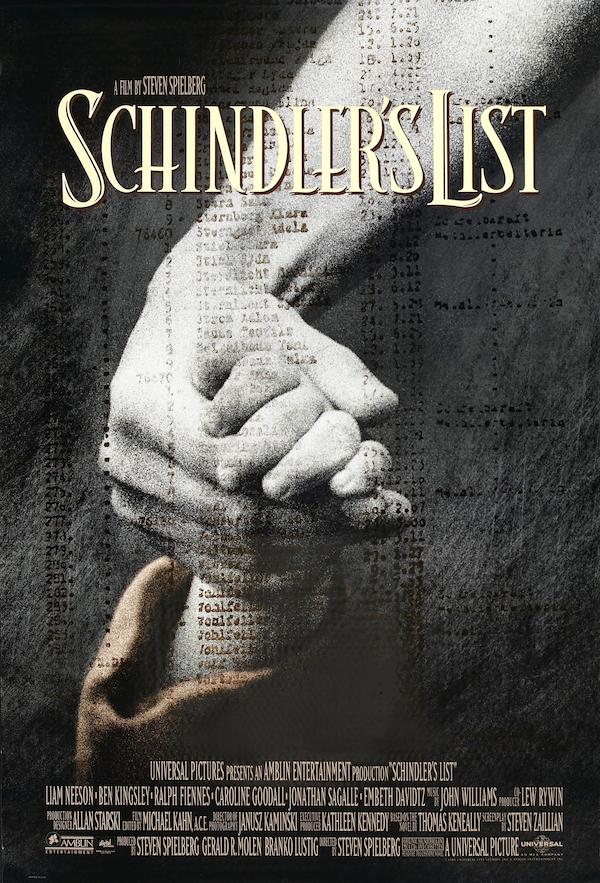“Schindler’s List,” directed by Steven Spielberg and released in 1993, is a powerful and harrowing film based on the true story of Oskar Schindler, a German businessman who saved the lives of more than a thousand Polish-Jewish refugees during the Holocaust.
The movie portrays the horrors of the Holocaust through the lens of Oskar Schindler, played by Liam Neeson, who initially sees an opportunity for profit by employing Jewish laborers in his factories. As he witnesses the atrocities committed by the Nazis, his perspective shifts, and he begins to protect his Jewish workers from persecution and extermination by employing them in essential roles, thus sparing them from the concentration camps.
The film vividly depicts the brutal realities of the Holocaust, showing the systematic dehumanization and mass extermination of Jews by the Nazis. It captures the emotional and physical devastation faced by the Jewish community, emphasizing the resilience and spirit of survival amidst unimaginable suffering.
Spielberg’s direction, coupled with Janusz Kamiński’s stark black-and-white cinematography, creates a haunting and visceral experience for the audience. The deliberate use of the color red in specific scenes, notably the little girl’s coat, stands as a poignant symbol of innocence amid the overwhelming darkness.
Liam Neeson’s portrayal of Oskar Schindler is nuanced, showcasing his transformation from a self-interested businessman to a compassionate savior. The supporting performances, particularly by Ben Kingsley as Schindler’s accountant Itzhak Stern and Ralph Fiennes as the sadistic SS officer Amon Göth, contribute to the film’s emotional depth and impact.
“Schindler’s List” is a poignant and historically significant film that serves as a testament to the human capacity for both evil and compassion. It received widespread critical acclaim, won multiple Academy Awards, including Best Picture and Best Director, and remains a seminal work in cinematic history for its unflinching portrayal of one of humanity’s darkest chapters.
When asked about a “good scene” and a “bad scene” this is what AI says:
Good Scene: The emotional and powerful “I could have saved more” moment.
Potential Critique: The film’s heavy subject matter can be emotionally challenging.
Tell us, do you agree? Disagree? What is YOUR Favorite Scene in a Movie?? Follow us on X (formerly Twitter) and let us know!
Offers/Advertising:
How to use and interact with the ChatGPT AI language model
The #1 AI Copywriting and Marketing Training Course
Leverage AI for seamless video creation. No camera fuss or editing grind
“A.I Creators Club” – Community of video makers using A.I.





